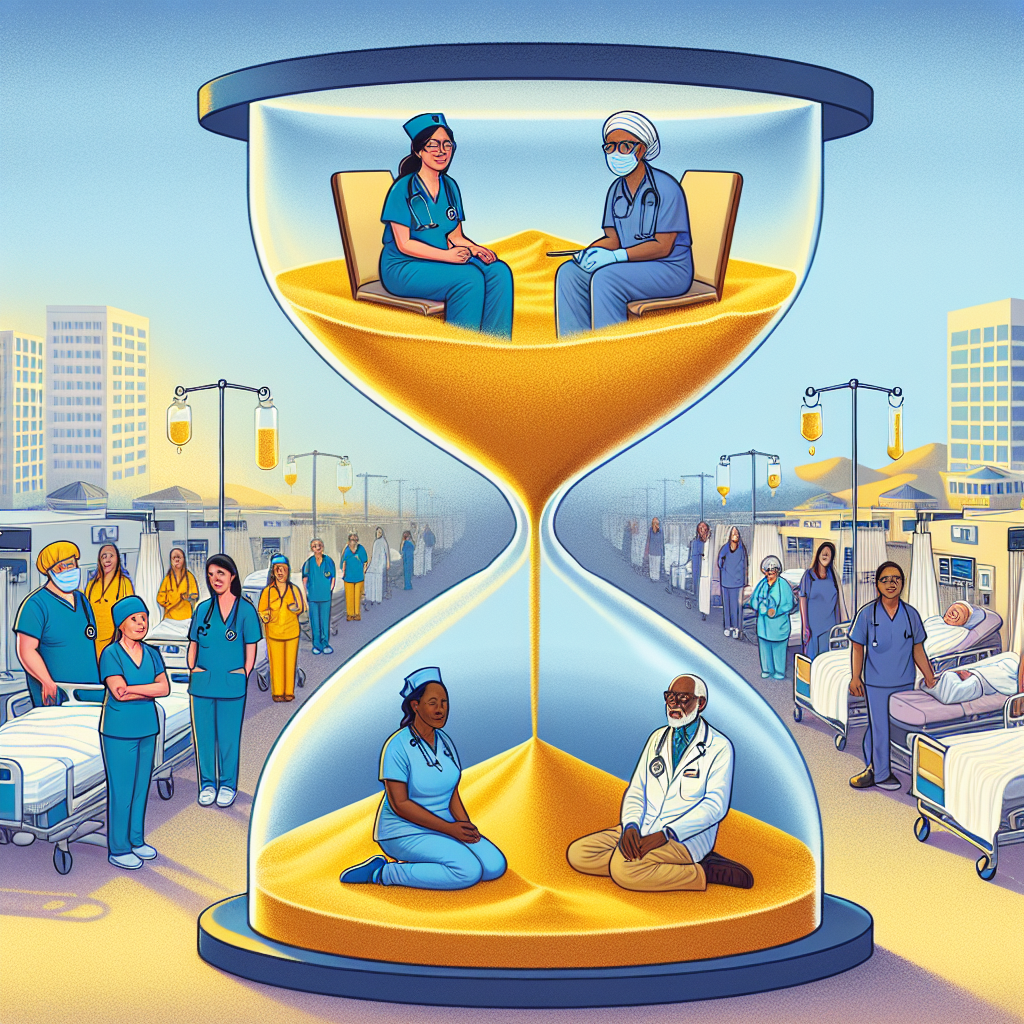New York, NY—Amid the ongoing conversations about health care reform and aging populations, the elephant in the room remains largely unaddressed: The staggering cost of neglecting skilled nursing care facilities and workforce. Experts warn that the consequences of inaction are far-reaching, impacting not only the elderly but also the economic health of the nation.
According to a study conducted by the American Health Care Association, the skilled nursing industry has been facing a chronic shortage of personnel, exacerbated by the COVID-19 pandemic. The long-term effects of neglecting this crucial component of the healthcare system are now coming to light, revealing a grim outlook for the future. “What we’re seeing is not just a crisis in care, but a looming economic catastrophe,” states Dr. Samantha Kline, a health care economist. “Without immediate and decisive action, the cost of doing nothing could exceed billions of dollars annually, stemming from increased hospital readmissions, higher dependency on government aid, and lost productivity.”
Skilled nursing facilities provide essential care for some of the most vulnerable populations, including the elderly and those with chronic health conditions or disabilities. These facilities are critical for long-term care, rehabilitation after surgeries or injuries, and palliative care services. However, with persistent underfunding and a growing shortage of skilled healthcare workers, the quality and availability of such care are under threat.
The consequences of neglecting skilled nursing care extend beyond the individuals directly affected. There is a significant economic impact tied to inadequate care. Patients who do not receive the proper post-hospitalization care they need often end up back in the hospital, leading to higher healthcare costs. Moreover, the strain on families unable to find or afford adequate care for their loved ones can lead to lost wages and productivity, further exacerbating the economic toll.
The solution, experts argue, is multifaceted. It involves increased funding, strategic investment in workforce development, and policy reforms that incentivize quality care and support the sustainability of skilled nursing facilities. “We are at a critical crossroad,” Dr. Kline warns. “Without a commitment to addressing these issues head-on, we will continue to see the degradation of care quality, with dire economic and societal impacts.”
As the population continues to age, the demand for skilled nursing care is expected to rise dramatically. The cost of inaction is not just a budgetary concern but a reflection of society’s commitment to its most vulnerable members. The time to address the long-term price of neglecting skilled nursing is now, before the consequences become irreversible.


